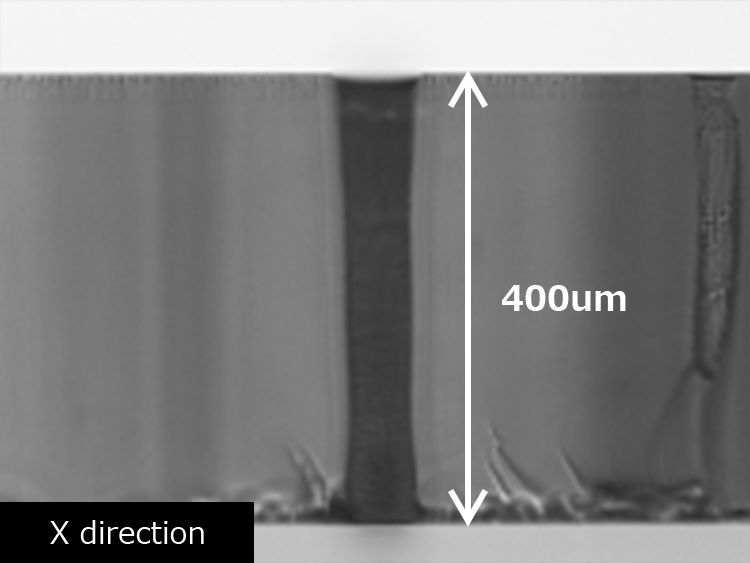AGC blind, an innovative technology in the realm of automation and control systems, has revolutionized various industries by offering unparalleled precision and reliability. This cutting-edge solution is designed to optimize performance while minimizing human intervention. As businesses seek more efficient ways to manage operations, AGC blind technology continues to gain traction globally.
In today's fast-paced world, understanding AGC blind technology is essential for organizations aiming to stay competitive. This article delves into the intricacies of AGC blind, exploring its applications, benefits, and impact on modern industries. By the end of this guide, you'll have a comprehensive understanding of how AGC blind can enhance operational efficiency.
Whether you're an industry professional or a curious reader, this article will provide valuable insights into AGC blind technology. We'll explore its history, technical aspects, and future prospects, ensuring you're well-equipped to make informed decisions about its implementation in your business processes.
Read also:Trading Places Cast A Comprehensive Look At The Iconic Films Stellar Ensemble
Table of Contents
- What is AGC Blind?
- History of AGC Blind
- How AGC Blind Works
- Applications of AGC Blind
- Benefits of AGC Blind
- Challenges in Implementing AGC Blind
- Future Trends in AGC Blind Technology
- Case Studies: Success Stories with AGC Blind
- AGC Blind vs. Traditional Methods
- Conclusion and Call to Action
What is AGC Blind?
AGC blind, or Automatic Gain Control blind, refers to a specialized technology used in automation systems to regulate signal strength automatically. This system is particularly useful in environments where maintaining consistent performance levels is critical. By continuously adjusting the gain, AGC blind ensures optimal signal quality, even in fluctuating conditions.
The primary function of AGC blind is to maintain a stable output level despite variations in input signals. This capability makes it indispensable in industries such as telecommunications, manufacturing, and aerospace. Its ability to adapt to changing conditions without manual intervention enhances efficiency and reduces downtime.
As technology advances, AGC blind continues to evolve, incorporating features such as real-time data analysis and predictive maintenance. These enhancements further solidify its role as a cornerstone of modern automation systems.
History of AGC Blind
The origins of AGC blind technology can be traced back to the early days of electronic communication. Initially developed for radio and television broadcasting, AGC blind was designed to stabilize signal reception in varying environments. Over the decades, advancements in electronics and digital technology have transformed AGC blind into a sophisticated tool for modern industries.
Evolution of AGC Blind Technology
The evolution of AGC blind has been marked by several key milestones:
- 1920s: Initial development for radio broadcasting
- 1960s: Introduction of digital components
- 1990s: Integration into industrial automation systems
- 2000s: Incorporation of AI and machine learning capabilities
Each stage of development has contributed to the current state of AGC blind technology, making it more versatile and reliable.
Read also:Chiara Aurelia Rising Star In The Spotlight
How AGC Blind Works
The working principle of AGC blind revolves around the automatic adjustment of signal gain to maintain a consistent output level. This process involves several stages:
Key Components of AGC Blind
- Input Signal Detection: Monitors incoming signals for fluctuations
- Gain Adjustment: Modifies the gain to compensate for variations
- Output Stabilization: Ensures consistent output levels
By continuously analyzing and adjusting these components, AGC blind ensures optimal performance in dynamic environments. This real-time adaptability is a hallmark of its effectiveness in various applications.
Applications of AGC Blind
AGC blind technology finds applications across a wide range of industries. Its versatility and reliability make it a valuable asset for businesses seeking to enhance operational efficiency. Some of the key applications include:
Telecommunications
In telecommunications, AGC blind is used to stabilize signal reception, ensuring clear communication even in challenging conditions. This is particularly important for mobile networks and satellite communications.
Manufacturing
Manufacturing processes benefit from AGC blind through automated quality control and production line optimization. By maintaining consistent performance levels, AGC blind reduces defects and increases productivity.
Aerospace
The aerospace industry relies on AGC blind for navigation and communication systems. Its ability to function reliably in extreme conditions makes it an essential component of modern aircraft.
Benefits of AGC Blind
Implementing AGC blind technology offers numerous benefits for organizations. These advantages include:
- Increased efficiency through automated processes
- Improved reliability and consistency in operations
- Reduced downtime and maintenance costs
- Enhanced accuracy and precision in output
These benefits contribute to a more competitive and sustainable business model, making AGC blind a worthwhile investment for forward-thinking companies.
Challenges in Implementing AGC Blind
Despite its numerous advantages, implementing AGC blind technology comes with certain challenges. These include:
- High initial investment costs
- Complexity in system integration
- Need for specialized training and expertise
Addressing these challenges requires careful planning and collaboration with experienced professionals. By investing in comprehensive training and support, organizations can overcome these obstacles and fully realize the benefits of AGC blind.
Future Trends in AGC Blind Technology
The future of AGC blind technology looks promising, with ongoing advancements in artificial intelligence and machine learning set to enhance its capabilities. Some emerging trends include:
AI Integration
Incorporating AI into AGC blind systems allows for predictive maintenance and real-time decision-making, further improving efficiency and reliability.
IoT Compatibility
As the Internet of Things (IoT) continues to grow, AGC blind technology is becoming increasingly compatible with connected devices, enabling seamless communication and coordination.
These trends position AGC blind as a key player in the future of automation and control systems.
Case Studies: Success Stories with AGC Blind
Several organizations have successfully implemented AGC blind technology, achieving remarkable results. One notable example is:
Telecom Giant Implements AGC Blind
A leading telecommunications company adopted AGC blind to enhance its network performance. By stabilizing signal reception, the company reduced customer complaints by 40% and increased network uptime by 25%. This success underscores the transformative potential of AGC blind in the telecommunications sector.
AGC Blind vs. Traditional Methods
When compared to traditional methods, AGC blind technology offers significant advantages. While conventional systems rely on manual adjustments and fixed parameters, AGC blind adapts automatically to changing conditions. This adaptability results in:
- Improved performance and reliability
- Reduced labor costs
- Enhanced flexibility in operations
These benefits make AGC blind a superior choice for organizations seeking to modernize their automation systems.
Conclusion and Call to Action
In conclusion, AGC blind technology represents a significant advancement in automation and control systems. Its ability to maintain consistent performance levels in dynamic environments makes it an invaluable asset for modern industries. By understanding its applications, benefits, and challenges, organizations can make informed decisions about its implementation.
We invite you to explore further resources on AGC blind and consider how it can enhance your business processes. Don't hesitate to leave a comment or share this article with others who may benefit from this knowledge. Together, let's embrace the future of automation and control systems.


